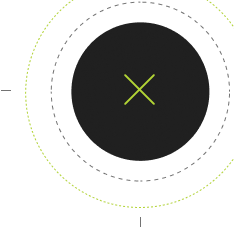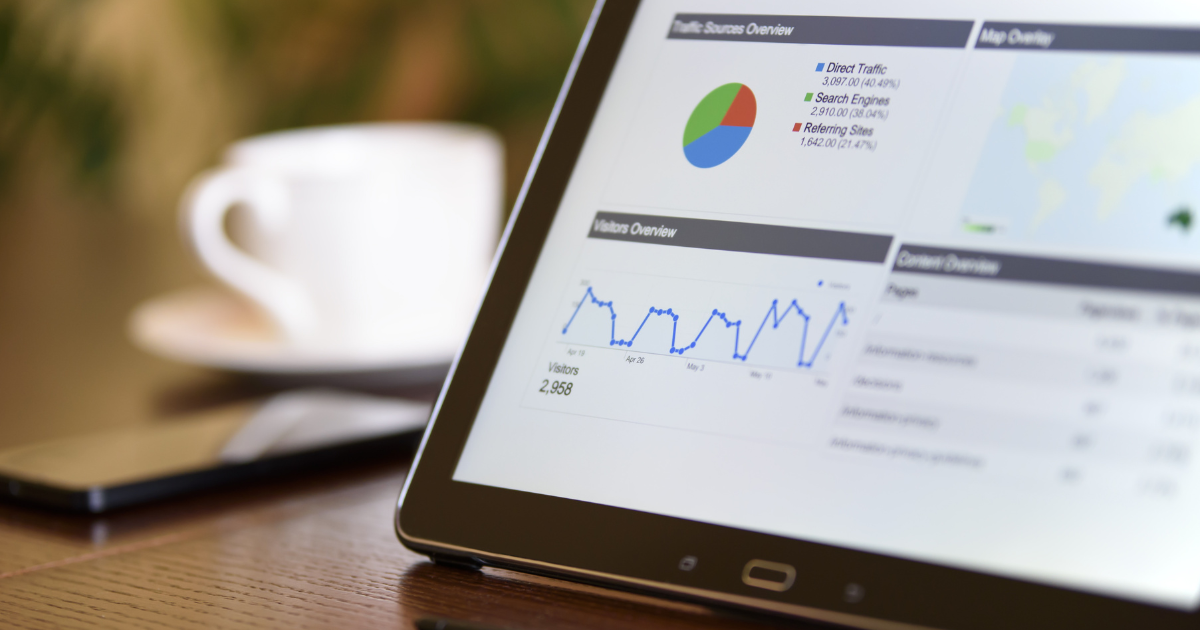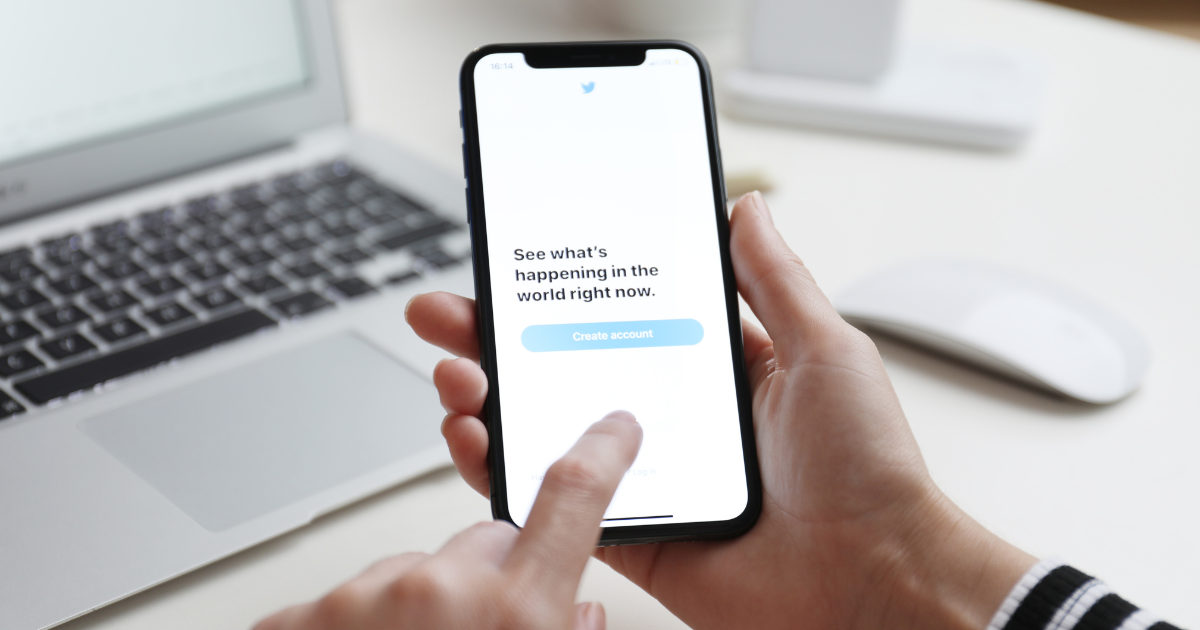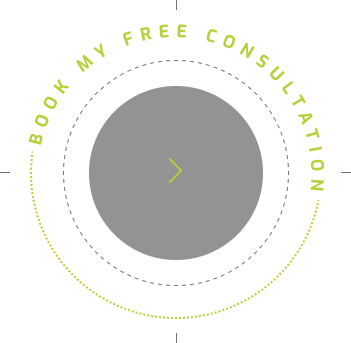
Call to Value, Not to Action
How to Make Buttons More Effective
When you create a website to market your services, buttons are one of the most effective ways to get a person to perform some sort of action. Whether you want them to be able to contact you for a consultation or to download your white paper on a specific topic, buttons can help you achieve these goals. However, there is more than one way to ensure that your buttons are getting clicked.
Here we discuss call to action and call to value buttons. While both still serve an important role, one may have the edge in increasing engagement and motivating users to take action.
Call to Action vs. Call to Value Buttons
The most common type of button contains a call to action. A user is prompted to perform some sort of task by clicking on the button. For example, a call to action button may say “Click Me” or “Contact Us.” While simple, these call-to-action buttons are direct and easy to understand. They tell the user what action to take. Call-to-action buttons generally rely heavily on content to explain why a person should do as prompted. Direct call-to-action buttons are best used with checkout forms.
A call to value button, on the other hand, is more indirect. It adds value to an action, informing the user what they will receive when they do as prompted. It relies less on content but doesn’t eliminate the need for it altogether. Call-to-value buttons are becoming increasingly more important because they not only inform the user what action to take but also what they will be gaining.
Why Choose Call-to-Value Buttons
While call-to-action buttons are still widely used and effective, today’s consumers often want to know why they are doing something and what they will get in return for doing it. Call-to-value buttons help the consumer understand what they need to do but also give value to that action. They explain what the user will receive for following the prompt.
Neither call-to-value nor call-to-action buttons will completely eliminate the need for high-caliber content on the page. The best websites are those that incorporate a healthy balance of both types of buttons. Additionally, no button will be able to resurrect a site that does not have quality, unduplicated content.
Make Your Buttons More Clickable
The most important thing to remember is that the purpose of a button is to get clicked. Buttons are often one of the most visible aspects of a page outside of images and videos. The button should not only provide a purpose but should also give the user an understanding of why they should want to explore further.
Providing more relevant information to your user can help increase the likelihood that the prompt will be followed or the action will be taken. Make buttons purposeful, practical, and perfectly placed to ensure that they get clicked more often than not.

